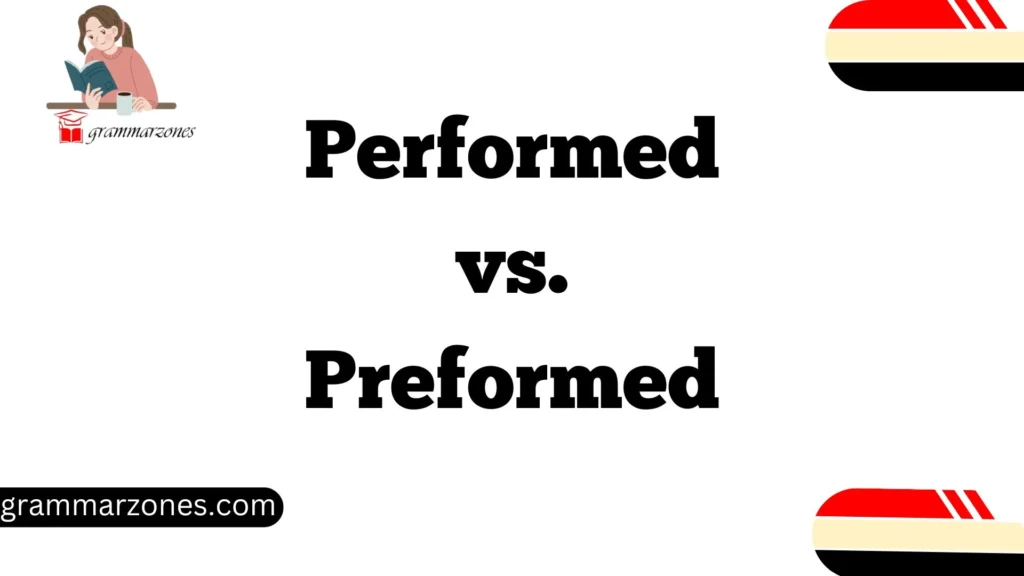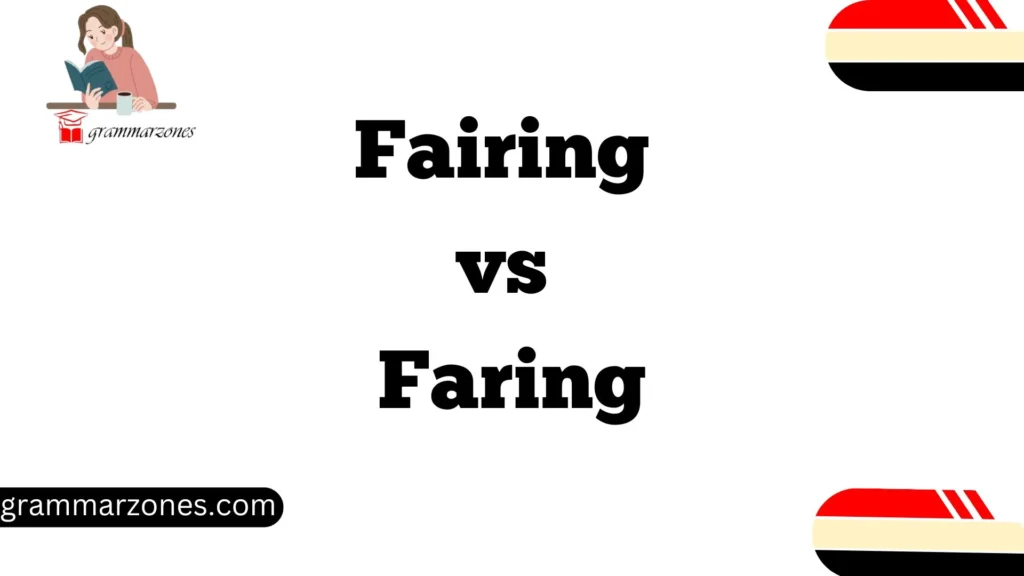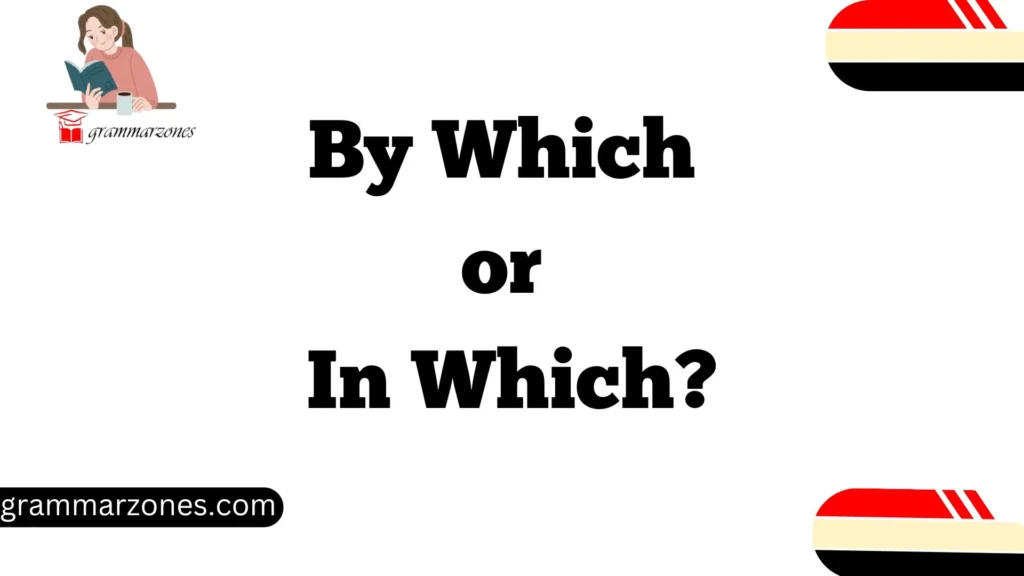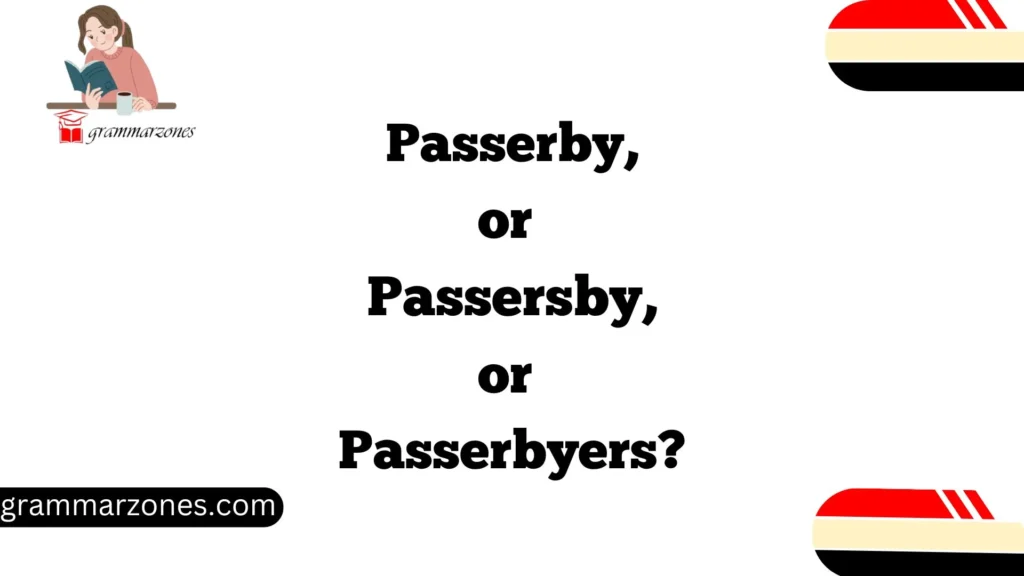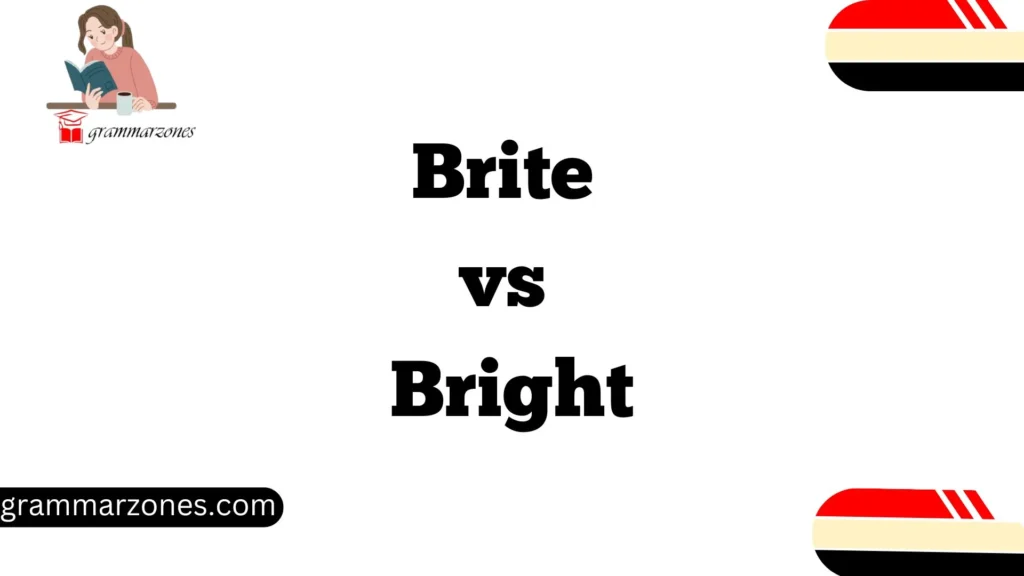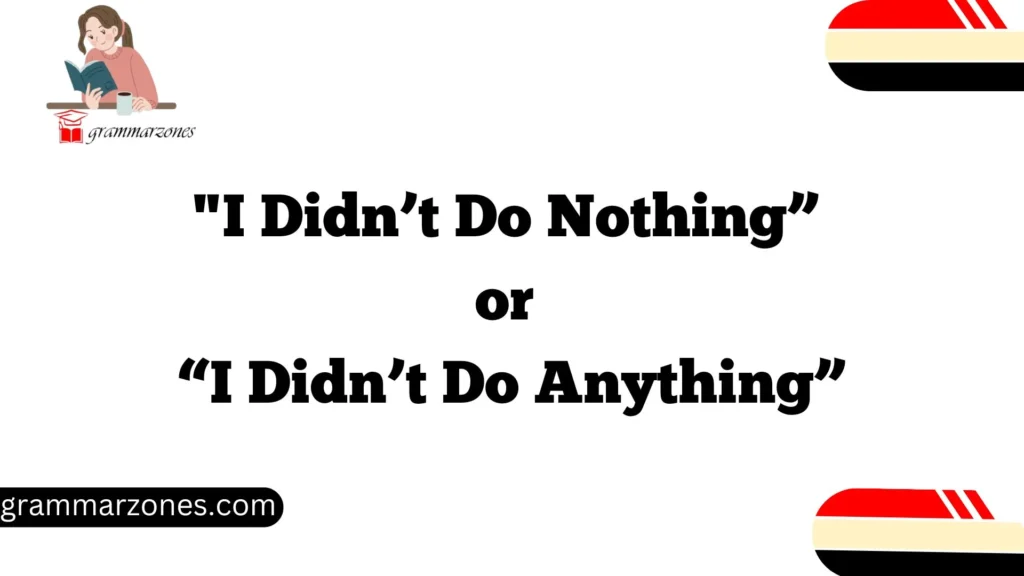When it comes to the English language, even the smallest difference between two words can change their meaning entirely. “Pendant” and “Pendent” are perfect examples of this. These words may look and sound similar, but their meanings, usage, and context set them apart. Whether you’re writing a poem, shopping for jewelry, or describing architecture, understanding the difference between pendant and pendent can help you choose the right term confidently.
In this guide, we’ll break down their definitions, explore their usage, and compare them in various contexts. We’ll also delve into their historical roots, pronunciation, and common applications. By the end of this post, you’ll not only understand the difference but also have practical examples to apply in your own writing or conversations.
Let’s dive in and explore the fascinating world of these two often-confused terms!
Understanding the Definitions
The first step to distinguishing “pendant” from “pendent” is understanding their definitions. While they share a common origin, their meanings and applications have diverged over time.
Definition of Pendant
The word “pendant” originates from the Latin word pendere, meaning “to hang.” Over time, its usage has evolved to represent objects that hang down, most commonly jewelry pieces.
Common Meanings of Pendant:
- Jewelry: A decorative piece, often attached to a necklace or bracelet, such as a diamond pendant or charm pendant.
- Art: Objects or paintings designed to complement each other, such as paired pendants in Renaissance art.
- Symbolism: A metaphorical use, representing something “hanging” or “dependent” on another.
Real-world Example:
Imagine gifting someone a gold pendant engraved with a meaningful date. Here, “pendant” describes the object hanging from the chain.
Definition of Pendent
The word “pendent” also comes from the Latin pendere, but it has retained its adjectival nature. It means “hanging” or “suspended” and is often used in a descriptive sense.
Common Meanings of Pendent:
- Physical Descriptions: Refers to something physically hanging, like pendent vines in a garden.
- Architecture: Used to describe hanging ornaments or fixtures, such as pendent lamps or arches.
- Literature: Symbolic use in poetry and prose to describe suspense or something unfinished.
Real-world Example:
In architecture, a pendent lantern might hang elegantly in the center of a room, providing both light and aesthetic appeal.
Common Usage in Everyday Contexts
While both terms refer to “hanging,” their usage in daily language differs significantly.
Usage of Pendant
- Most often used as a noun.
- Commonly found in jewelry contexts or as a decorative object.
- Also used metaphorically to describe something secondary or subordinate.
Examples of Pendant Usage:
- “Her silver pendant sparkled under the sunlight.”
- “The painting was a pendant to the larger mural, complementing its theme.”
- “This necklace comes with a detachable pendant.”
Usage of Pendent
- Typically used as an adjective.
- Found in poetic, technical, or descriptive language.
- Less common in everyday usage but still relevant in specific fields.
Examples of Pendent Usage:
- “The vines were pendent, swaying gently in the breeze.”
- “A pendent lamp illuminated the ancient library.”
- “His future seemed pendent, hanging on the success of his final exam.”
Pendant vs. Pendent: Key Differences
To make the distinctions clearer, here’s a side-by-side comparison:
| Aspect | Pendant | Pendent |
| Part of Speech | Noun | Adjective |
| Meaning | A hanging object, often decorative | Describes something hanging or suspended |
| Common Usage | Jewelry, art, symbolism | Descriptive contexts, architecture |
| Examples | “Gold pendant,” “Art pendant” | “Pendent vines,” “Pendent light fixture” |
| Frequency | Widely used | Less common |
Quick Tip: If you’re describing an object, use “pendant.” If you’re describing a quality or state, use “pendent.”
Contextual Examples
Examples in Jewelry
- Pendant: “She wore a ruby pendant on a silver chain.”
- Pendent: Not applicable in this context.
Examples in Literature
- Pendant: “The story served as a pendant to the larger novel.”
- Pendent: “The future lay pendent, waiting for his decision.”
Examples in Architecture
- Pendant: “The chandelier was adorned with crystal pendants.”
- Pendent: “The pendent arch was a marvel of medieval design.”
Pronunciation Differences
How to Pronounce Pendant
- Phonetic: /ˈpen-dənt/
- Common in both British and American English.
How to Pronounce Pendent
- Phonetic: /ˈpen-dənt/
- Sounds similar to “pendant” but is distinguished by context.
Historical Usage and Variations
Both words originated from Latin but have taken different paths:
- Pendant became popular in decorative arts and jewelry, especially in the 16th century.
- Pendent has remained more niche, used primarily in poetry and architecture.
Trends Over Time
A look at historical data reveals:
- “Pendant” has surged in popularity due to the rise of modern jewelry.
- “Pendent” has seen declining usage but remains relevant in specialized fields.
Conclusion
Understanding the difference between pendant and pendent ensures accurate communication and appreciation of language’s nuances. Remember:
- Pendant is a noun, often used for jewelry and decorative objects.
- Pendent is an adjective, used for descriptions.
With these distinctions in mind, you can confidently use these terms in the right context!
FAQs
1. What is the main difference between pendant and pendent?
The key difference is that “pendant” is a noun referring to a hanging object, while “pendent” is an adjective describing something hanging.
2. Can “pendent” be used in jewelry contexts?
Not typically. “Pendant” is the correct term for describing a jewelry piece.
3. Are pendant and pendent pronounced the same?
Yes, they are pronounced similarly, but their meanings differ.
4. Which term is more common?
“Pendant” is more widely used, especially in modern contexts.
5. Is “pendent” considered outdated?
While less common, “pendent” is still relevant in specific contexts like architecture and literature.
Would you like visual charts or further elaboration on any section? Let me kno


